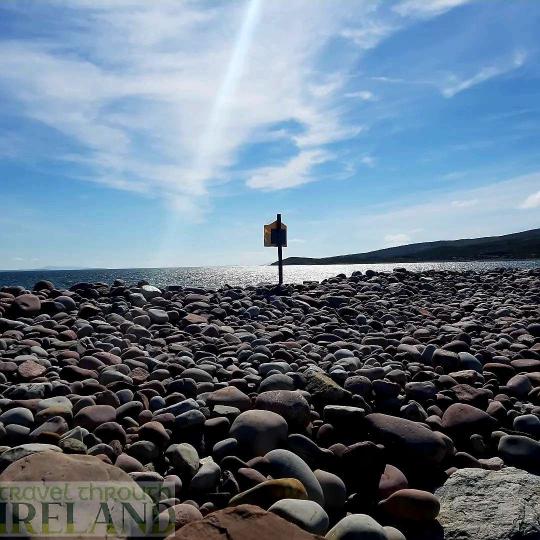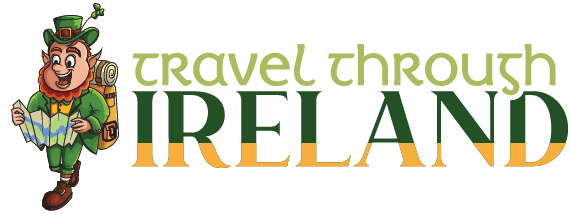Connacht is one the 4 regional provinces of Ireland consisting of 5 counties in the west of the country. With a population of 588,583 (2022 census) and spanning over 6610 sq mile.
The province has 3 main rivers the Moy, Shannon and Suck and they flow and through all the counties of Connacht. The highest point within is Mweelra at (2,685 feet). The province has vast amounts of land which is relatively untouched making agriculture one of the major sources of income in the Province.
Tourism in Connacht is another major income with the world famous Wild Atlantic Way spanning across 3 of the 5 counties. In the five 5 counties it has only two major cities Galway and Sligo which its where a majority of the population come from.
Our aim is to find the best unique road less travelled places to visit, were there will be no overcrowding but equally as breathtaking as anything your find in Ireland.
We have broken down the province into counties to give you an insight in what to expect in each county.
- Best time to visit: April – Sept
- Avg. duration of stay: 7 days
Chapters
Why Travel Through Ireland?
Let us take the hassle of planning your Connacht trip by customizing a tailored made itinerary for your specific needs and likes.
We excel in the road less travelled and we aim to bring you something unique and different from the norm.
Contact one of our expert experienced staff right away to discuss your epic Irish adventure
County Galway
Galway is by far the most populated (276,451) of the counties with it’s major city Galway city being the busiest in regards as both locals and tourists. The decorated streets of Galway, the people, the bars and the relaxed way of life make it a great city to be around. However what we love best about this county is the rugged wild side of County Galway and the one that pops out at us is Connemara.
The Connemara region is home to some of the most breathtaking and also most remote areas Ireland has to offer. The main town of Connemara is Clifden where traditional Irish music is performed in pubs and where the native Irish language is still readily used. Interesting finds like the ruins of Gothic Revival–style Clifden Castle or Derrigimlagh Bog which is one of the Signature Discovery Points of the Wild Atlantic Way.
Further along the coast premium hikes like Diamond Hill and the impressive 12 Ben’s grace the land with the later spanning over an impressive 161km sq. Beaches such as Glassilaun rival any Mediterranean beach.
Coming out of Connemara to the south of Galway you will come by places like the fishing village of Kinvara. The main highlight of Kinvarra is Dungaire Castle, built in 1520 you can take a tour and visit this great structure and most impressively the castle boasts its Medieval banquet from spring and right through summer.
Far east of the county we find such hidden gems in areas which are less seen and far less recognised like the 18th century Old corn mills and especially off the beaten track at Templetogher Mill where a community lead project has transformed the site to its former glory. See the old Millers house and even get to see the water wheels spinning this sight is testament to what locals with a bit of hard work can achieve.
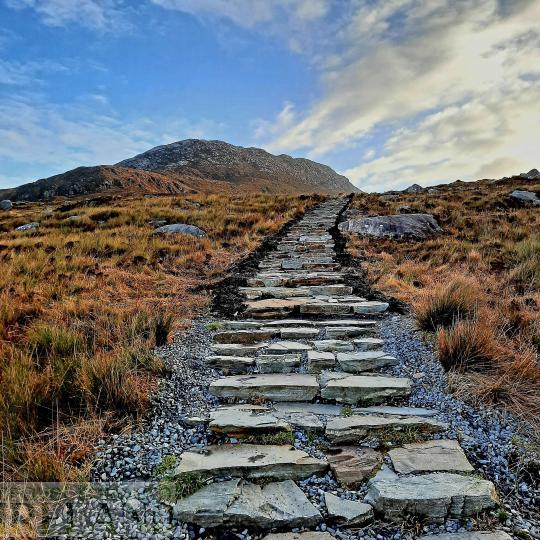
County Sligo
Sligo the second largest city but as a county has a relatively small population of (69819) within Connacht again like Galway boasts a thriving town but again out of the main hub is where beauty lies.
Scenic drives like the Gleniff horseshoe are a must. This 10km loop along quiet roads with spectacular views along the stunning Dartry Mountains amongst the backdrop. Sligo is Also one of 3 Connaught counties that you can travel the Wild Atlantic Way.
Along that Wild Atlantic Way. You come across some fine beaches like Streedagh Beach or the famous surf beach and sand dunes of Strandhill.
To the south of the county your find the Caves of Keash or Keashan Caves. A selection of 19 caves scattered along the hillside. The short hike gives some of the best views of the lush Sligo countryside. Not far from here your find the Carrowkeel Passenger Tombs. These tombs comprise of 14 fascinating cairns built between 3200 and 2400 BC. The area also boasts 140 circular stone foundations, which are thought to be the remains of a prehistoric village.
Sligo is also a hit for hikers with one notable one being the Benbulbin Forest Walk. Benbulbin is is one of the largest mountain ranges at over 526 metres and is a striking presence amongst the Sligo countryside. This area of Sligo is known as Yeats Country after the poet William Butler Yeats who resided in the area and his presence is greatly felt everywhere.
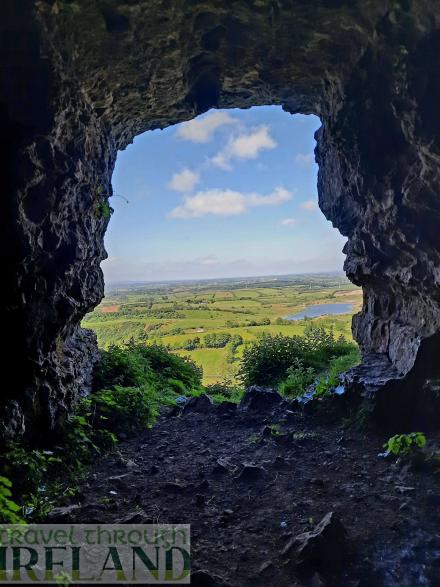
County Leitrim
The is the smallest county in Ireland (35,087) but don’t let that put off as there are many off the beaten things to do and see.
If waterfalls are thing then you won’t be disappointed with the five main ones Glencar, Poll an Easa,, Fowley Falls, Killukin cascades, Scardan and Ireland’s largest waterfall the Devils Chimney.
The small town of Carrick on Shannon set on the river Shannon is a great little town in the heart of the county. It’s here where you will find the Europe’s smallest chapel the Costello Memorial Chapel at only 16ft by 12ft, it is also regarded as the second smallest in the world.
Tucked away in country Leitrim your find Glenview Folk Museum. This great little family lead museum was established by the Kennedy family in 2000 as it was identified that Ireland was losing its heritage and true identity. A family run small independent business which showcases Irish the best Irish heritage.
Parkes Castle is one of the best castles in Leitrim. Located on the northern shores of Lough Gill there has been restoration of this castle from it’s existence since the early seventeenth century, it was once the home of English planter Robert Parke.
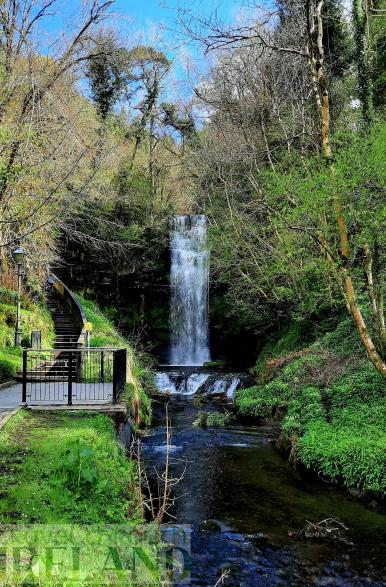
County Roscommon
Probably one of the most underrated of all Irish counties as it has a steep and interesting amount of history and heritage sites to visit.
With a population of 69,995 it is regarded as one of the smaller counties in Ireland but certainly don’t let that put you off.
One of our favourite finds in the county is Strokestown House which is a restored 18th century Palladian House on 300 acres. And this is also the home of the Irish Famine Museum. Strokestown hosts this museum as this is where in 1847 the Strokestown tenants men, women and children were marched from Roscommon to Dublin after they failed to pay their rent. In Dublin, the boarded a ship to Liverpool before journeying to North America on board some of the worst coffin ships of the time. Not all of them made it alive. They became known as the ‘Missing 1490’
Rathcroghan is another significant place of interest within Roscommon
It is known as the Ancient Capital of Connacht, where the festival of Samhain (Halloween) is said to originate. This majestic landscape is the oldest and largest unexcavated Royal Site in Europe.
Some of the largest medieval castle ruins are found in the county with Roscommon castle and down the road is Ballintubber castle being some of the finest around.
If you like hiking two very notable and large hiking routes cross through Roscommon with the Suck Valley Way (105km) and the Miners Way loop which is a huge 118(km). Both these are recommended to do over 4 to 5 days to really take it all in.
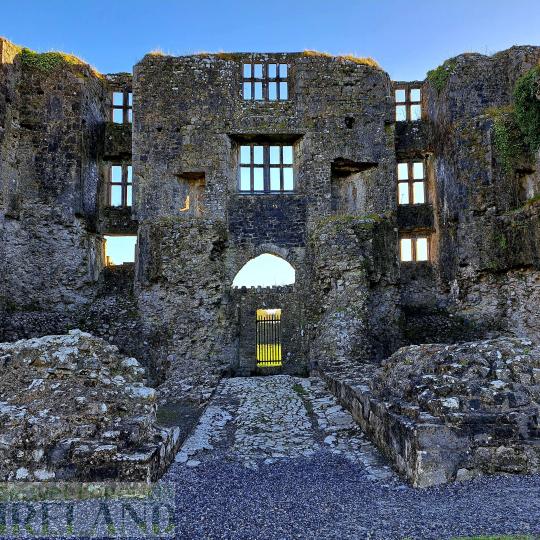
County Mayo
The largest of the Connaught counties by mass and second largest in population (137231) is County mayo.
One place you must visit in Mayo would have to be Achill Island, the largest Island in Ireland. Accessed by bridge so no need to change transport and no water crossings. Home to some of Ireland’s best beaches, most notable being Keem Bay which in our opinion is up there with some the greatest in Europe with sand that would grace any Mediterranean beach.
Downpatrick Head in the north of the country is one of Mayo’s picturesque finds. This sea stacked rock formation off the coast is certainly one of the most beautiful sites in our minds along the wild Atlantic way. It is also close by to Ballycastle which is home to Ceide Felds. The Céide Fields is an archaeological site the most extensive Neolithic site in Ireland and is claimed to contain the oldest known field systems globally. The newly built visitor centre is a great place to learn about this fabulous site.
To the northeast corner of Mayo Is the fishing village of Killala and a place with great history as it was the site of the first battle of the French force of General Humbert in the 1798 Rebellion. One of the interesting things to see in this village is the unique round tower which dates back to the 12th century.
One of the most picturesque finds in Mayo is the abandoned manor house of Moore Hall. Like a set for a scary movie Moore Hall is set deep in the woods surrounded only by acres and acres of trees. It’s not for the faint hearted and can certainly look a bit spooky if you ask me nonetheless a breathtaking view especially seen by air.
The small town of Mulranny is another great find in the west of the county, set in a bay with glorious cliff side views of the white sandy beach and an area full of arts, crafts and your find traditional Irish language is still very prominent.
